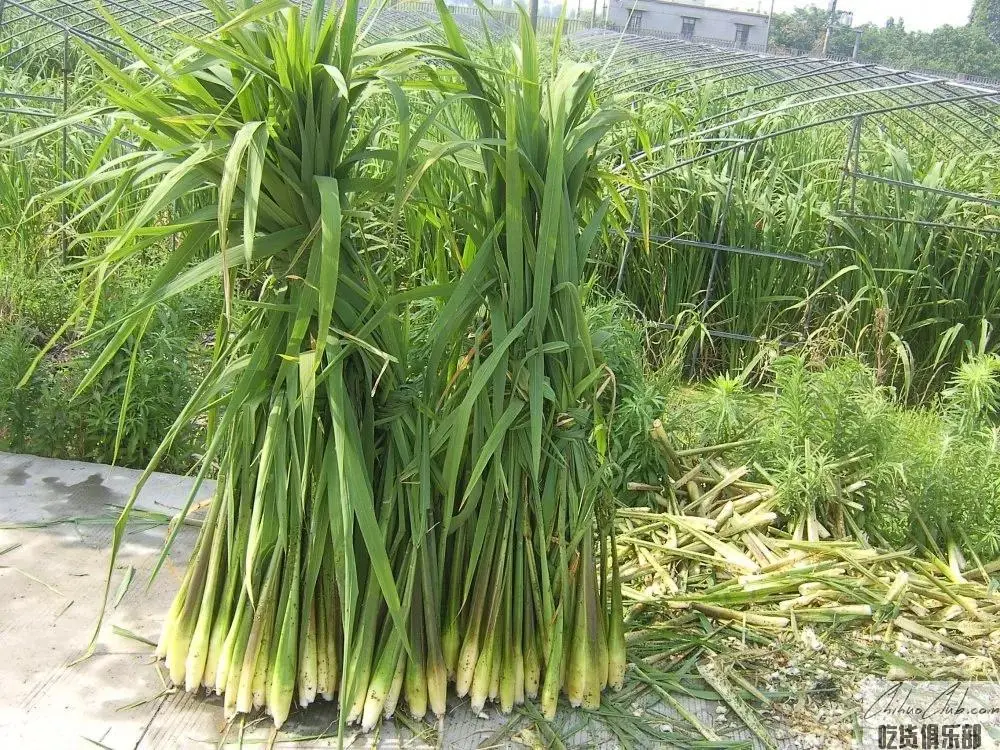
Liantang Water bamboo
-
Update date::
-
Date of protection::
-
Protected range:The scope of protection of Liantang 茭 地理 地理 地理 以 以 以 以 以 以 以 练 练 练 练 练 练 练 练 练 练 练 练 练 练 练 练 练 练 练 练 练 练 练 练 练 练 练 练 练 练 练 练 练 练 练 练 练 练District Liantang Town, Zhujiajiao Town Zhangma Village, Lizhuang Village, Pioneer Village, Zhangxiang Village, Shenxiang Village, Xinsheng Village, Anzhuang Village, Linjia Village, Jianxin Village, Xuejian Village, 10 villages, Jinze Town Xingang Villages, patriotic villages, Lianhu Village, Yangwan Village, Nanxin Village and other five villages now have administrative areas.
-
Category:
Technical requirements for the quality of Liantang 茭 white (1) variety. Local fine white varieties. (2) Site conditions. The soil type is cyan mud, the soil texture is clay, the organic matter content is ≥2%, the soil thickness is u003e1m, and the pH is 6 to 7. The water quality meets the requirements of the national secondary surface water environmental quality standards. (3) Cultivation management. 1. Seed selection and seedling: use asexual ramets to breed. The primaries are selected during the fall gestation period and are selected at the end of harvesting. In the spring, the varieties to be planted are selected from 5000 to 6000 per hectare. From late December to early January, the seedbeds are dug up and arranged in the seedbed. The piers are spaced 4cm to 6cm apart. The varieties planted in summer are selected from 150 to 230 per hectare, and seedlings are planted from late March to early April, with 110,000 plants/ha. 2. Colonization: (1) Site preparation: 30 tons/ha to 37.5 tons/ha of fertilized organic fertilizer before planting. (2) Colonization time: The spring planting time is from late March to early April, and summer is fixed from early June to late July. (3) Planting density: the planting density in spring is ≤70000 plants/ha, and the planting density in summer is ≤14,000 plants/ha. 3. Field management: (1) Water management: In the early stage of spring planting, the shallow water layer should be kept from 3cm to 4cm. From mid-July to early August, the water layer should be kept at 8cm to 15cm. In the middle of August, the water layer should be kept at 25cm during pregnancy. 30cm. After planting in summer, the water layer should be kept from 10cm to 15cm. After the survival, the water layer will gradually drop to 3cm to 4cm, and the water layer will remain 25cm to 30cm during pregnancy. (2) Fertilizer management: 10 to 15 days after planting, pregnancy and winter, and topdressing in the middle and late February. (3) Medication management: Stop the medication in the first half of the harvest. 4. Environmental and safety requirements: The use of pesticides, fertilizers, etc. must comply with relevant national regulations and must not pollute the environment. (4) Harvesting. When the white heart leaves are shortened and the fleshy stems are significantly enlarged, they can be harvested. After harvesting, the cleaning should use qualified water source. After cleaning, the leaves and the sputum tube are removed, and the semi-aluminum is marketed or the entire blade is stripped into a sputum. (5) Quality characteristics. 1. Sensory characteristics: The semi-glossy string is tight and the light body is white and thick; the meat is crisp and the taste is slightly sweet. 2. Physical and chemical indicators: project indicators semi-gloss weight ≥ 100g maximum diameter of the diaphragm ≥ 3.0cm total sugar ≥ 2.0% crude fiber ≤ 1.5% total amino acid ≥ 0.8% 3. Safety requirements: product safety indicators must reach the national Product related regulations.
Apply to:
Producers within the scope of protection of Liantang 茭 white GI products may submit an application to the Qingpu District Quality and Technical Supervision Bureau for the use of “Special Marks for Geographical Indication Products”, which shall be approved by the General Administration of Quality Supervision, Inspection and Quarantine.